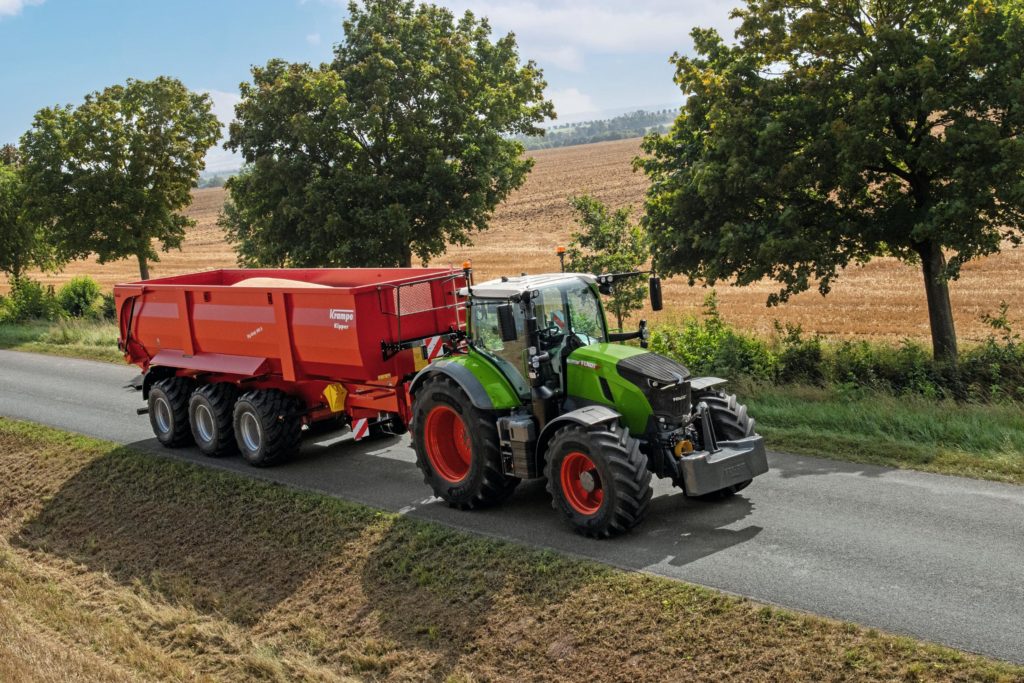It has been a widely circulated rumour for some months now that Fendt is to revamp its 700 series of tractors, and so it turns out, with the company holding a press conference to put flesh on the whispers and guesses.
From this it emerged that rather than replace the old line up with a brand new range of tractors the company has, instead, created a new segment within its portfolio for tightly packed tractors of between 200hp and 300hp. The old machines remain in the brochure.
Restrained dimensions
This would appear a logical move. Tractor power is increasing and yet they still need to fit onto farms and operate in awkwardly shaped fields.

To meet this demand manufacturers have increased the power density of four-cylinder engines and slotted them into short wheelbase frames. What Fendt has done is take a larger six-cylinder block and place it in a relatively small tractor.
The engine in question is a new 7.5L unit from sister company AGCO Power, which in these tractors provides from between 203hp to a boosted maximum of 303hp in 20hp increments.
Engine and gearbox now one
The company has also moved on to considering the engine and single-stage Vario CVT transmission as two components of the same driveline, rather than individual items installed separately.
To help with squeezing it all into a bijou package, the transmission has been redesigned throughout to reduce its overall size. A ratio of 30.5kg/1hp has been achieved by doing so.

Fendt claims that all the components, including the hydraulics and cooling system, were engineered according to what it calls the “high torque – low engine speed” principle.

By doing so, the Fendt 700 Vario achieves high torque at low engine speeds and saves fuel. The rated engine speed is now just 1,700rpm with the main working range being 1,400 to 1,700rpm.
Top speed and drive management
Top speed on the two larger models has been increased to 60km/h at 1,450rp and the all-up weight limit stands at 15t for all models.

An automatic all-wheel-drive management system is another new feature of the Fendt VarioDrive. The drive train eliminates the need for manual switching when changing between field and road operations.
It drives the front and rear axles as needed and distributes the power as required when in the field. The full tractive force is available under normal conditions and stresses are avoided when driving on roads or curves.

